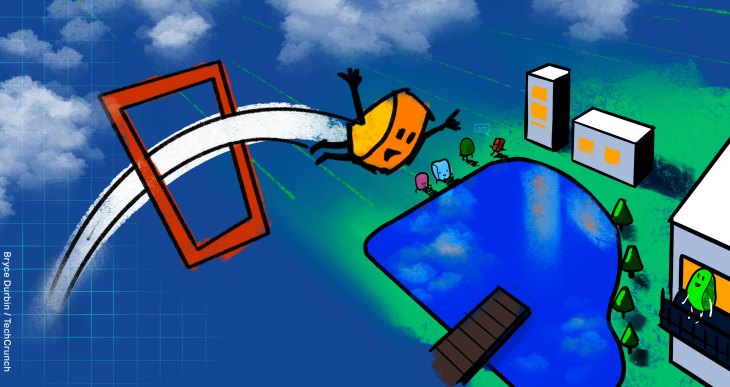
For technical and cultural reasons, multiverse virtual worlds are about to go massively mainstream

Thus far in this series we’ve outlined “multiverse” virtual worlds — a concept different from the metaverse — as the next stage of social media and what this future will look like. It begs the question though: if video games have been massively popular for many years, why hasn’t this shift to online virtual worlds as mainstream social hubs on par with Facebook and Instagram already happened?
(This is part four of a seven-part series about virtual worlds.)
The thought of virtual worlds for socializing evokes Second Life (launched in 2003), where users created unique avatars to socialize, build and trade with each other. Contemporaneous press hype told us that our entry into “the metaverse” appeared imminent, and a 2006 cover story in BusinessWeek magazine featured an analyst who predicted that Second Life could displace Windows as the leading PC operating system.
That didn’t happen.
Granted, Second Life is still around, albeit with only a few hundred thousand active users. Eve Online is another long-running, open-world MMO where the experience is shaped by users’ contributions and social interactions. It’s been the subject of numerous studies on economics and psychology, given the depth of its data on human interaction, but it remains niche as well.
The popularity of Roblox, which surpassed 115 million MAUs and 40 million user-created experiences in August, and Minecraft, which surpassed 112 million MAUs, shows this movement gaining traction in a bigger way among the youngest generation of internet users.
There are both technical reasons and cultural reasons why participation in virtual worlds will finally go massively mainstream in the next few years.
On the technical side, most consumers have lacked the high-performance hardware necessary to meaningfully participate in advanced MMOs while going about their daily lives. And even if they had the right hardware, they weren’t entering one shared virtual space with all other users, they were just entering one instance of that world which was limited in scope and player count by the capabilities of a single server.
That’s all in the process of changing:

